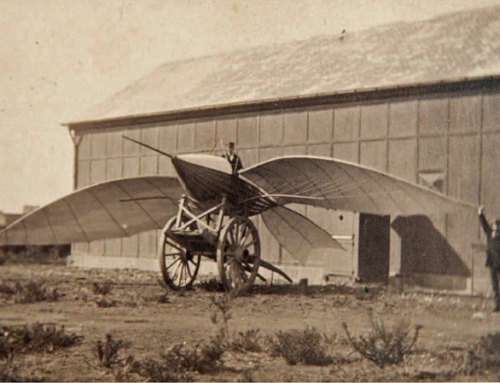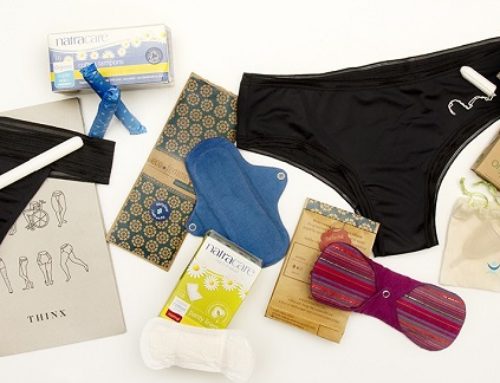by Amy Slack
7 minute read
Next week I will be heading out to the Philippines. While the country has a large tourism sector, with visitors drawn by its beaches, biodiversity and cultural heritage, I’ve got something rather different in mind.
I’ll be spending four months working with Marine Conservation Philippines (MCP) on a project that aims to work with the local community to tackle the marine litter problem through recycling and/or preventions initiatives. It means taking an extended, unpaid break from work, and a long time away from home. It also promises to be pretty hard work. So why am I doing it?
Litter-ature review
Marine litter is far from a new problem. Scientific literature started appearing on the subject during the 1970s, and my own involvement began a decade ago. I was living and working on the Isles of Scilly – a small archipelago, some 30 miles off the South West tip of the UK. It is designated an area of outstanding natural beauty, and is home to large colonies of sea birds – but the issue of marine litter was all too apparent. I was heavily involved in organising beach cleans, running education programs with visiting and local school groups and extending campaigns such as ‘no butts on the beach’.
Recently, the ceaseless efforts of campaigners seem to have brought the issue to mainstream public and political awareness. In some ways, it is surprising it has taken so long; unlike other serious global issues such as climate change, marine litter is a problem that you can physically see, and which directly affects human health. It produces shocking images of whales found dead on shorelines with stomachs full of rubbish and there is growing scientific evidence that marine plastic is entering our food chain…. We are literally eating rubbish!
Although these days I’m based slightly more in-land, it’s an issue that’s still very close to my heart and one that Eunomia has been working on for some time. We have been leading research on microplastics, marine litter and helping develop policy at a European level. So, with new found knowledge and insights gained from the amazing work of my colleagues, I wanted to put my skills and experience as a waste professional to use in a slightly different context and do something on the ground to help address the issue.
Manilla enveloped
Around 80% of marine plastics come from land based coastal sources. According to some research, the Philippines is one of the biggest sources of marine litter. Although the methodology is somewhat questionable, with the country’s extensive coastline being a big factor in its high ranking, there is definitely a major problem.
Unlike other emerging economies such as Indonesia, the issue isn’t primarily the country’s waste management system. The Ecological Solid Waste Management Act of 2000 (Republic Act 9003) requires segregated collection of waste. ‘Barangays’ (local districts) are required to collect biodegradable and recyclable waste. Collection and disposal of residual waste is the responsibility of the city/municipality, some of which are now implementing ‘no segregation, no collection’ policies. However, many areas still don’t comply with the RA 9003. Whist there is clearly room for improvement, around 85% of households have access to waste collections. Urban centres register coverage of more than 99%, while remote rural areas achieve 30% coverage.
Once within the collection system, the risk of waste leaking into the environment is significantly reduced. So why does there seem to be such a massive marine litter issue in the Philippines?
All that litters is not gold
Part of the answer is that it is the 13th most populous nation in the world. 104 million people generate a lot of waste. Further, once waste is collected, a large amount of it goes to landfill. There are 86 formal sanitary landfills, with more under construction, but there are still over 500 other dump sites, 350 of them subject to little or no control. These have little or no infrastructure to control leakage of waste to the environment and are often located adjacent to watercourses where land values can be lower.
While recycling is starting to develop, both through source segregation and a network of small MRFs, the majority of recycling separation is undertaken by the informal waste sector. Waste pickers are relatively efficient at extracting high-residual-value materials, such as metals; some high value plastics are also extracted, but others are less valuable and therefore of less interest. They are also light, and can easily escape from an open dumpsite into the wider environment.
The Philippines is acknowledging the scale of the issue. In 2016, a bill was filed to increase recycling and improve the management of waste beverage containers through deposit refund mechanisms. However, the bill still appears to be pending with little indication of when it might be considered. In addition, at the Philippines Ocean Conference in May 2017, the government made voluntary commitments to protect and conserve the oceans in response to calls from the UN for concrete actions and achieve Sustainable Development Goal 14: Life Below Water.
Ocean survey
While the national government is starting to take action, progress will be slow without a major contribution from local communities and NGOs like MCP. But what form should their action take?

Bottleships: The long coastline of the Philippines puts it high in estimates of producers of marine litter. Photo: Rick Elizaga (CC BY-NC-ND 2.0), via Flickr.
Internationally, there is a plethora of grass roots, community projects to learn from.
- In South Korea, Fishing for Litter, makes use of an established industry and key stakeholder to remove litter from the sea, incentivising fisherman to bring back litter to shore. The scheme has been replicated in many other countries. However, it doesn’t seem like an effective way to persuade people that marine litter should be prevented, and since only 1% of marine litter is floating on the ocean’s surface, it is a less effective way to tackle the problem than a focus on the shoreline.
- In Kenya, the Watamu Marine Association has set up a Community Solid Waste Management Project. Funded by local hotels and businesses, the project employs local youths and women to collect and sort waste collected through weekly beach and roadside cleans. The waste is sold into the recycling market, with the income funding community outreach programs and more sophisticated recycling technology. Of course, securing good markets is key to the success of this type of scheme, particularly for more unusual materials.
- In partnership with the Watamu project, Ocean Sole collects the many tonnes of flip flops that wash up onto beaches, washes them, sorts them and recycles them into carved handmade sculptures to raise awareness of the issue. Whist the scheme “recycles” around 400,000 flip flops each year, it is hardly a ‘closed loop’ solution. I can’t help wondering what happens to all the waste offcuts, and whether the sculptures themselves may quickly become a waste product. What happens to them at the end of their lives?
- A scheme I particularly like for its innovation is called Net-Works, and is based not far away from where I will be living in the Philippines. A collaboration between Interface (a global carpet tile manufacturer) and Zoological Society London, the scheme tackles the problem of discarded fishing nets. Through community banks, nets can be deposited for cash. They are purchased by Aquafil, recycled into carpet yarn and supplied to Interface. I particularly like this scheme as it combines elements of recycling and litter prevention while also giving communities access to financial services.
- In my home town of Bristol, City to Sea is making headway with targeted litter prevention campaigns that have had huge national success such as #switchthestick and Refill – campaign models that could be replicated internationally.
- In the Philippines itself, Straw Wars Philippines is joining the growing global movement to encourage people and businesses to stop using, selling and accepting plastic straws and other single use plastic items.
Over the next few months, my first challenge will be to help MCP learn from these and other community marine litter initiatives, and to work closely with local communities and stakeholders to see how we can best make a difference in the Philippines.
After months of preparation, I’m excited to get started. MCP is incredibly keen to play a part in tackling this massive issue of marine litter, and open to new ideas. I understand that the key to making any grass roots project sustainable is to engage the local community and stakeholders, and it will only be possible to do that once I have my feet on the ground in the Philippines. I’ll be providing regular updates for Isonomia on how the project progresses, so stay tuned to follow our trials, tribulations and (hopefully) successes each month!







Leave A Comment